In the case of Ghostbusters II, there’s no debating whether or not it’s better than the original. Of course it isn’t; Ghostbusters was a once-in-a-lifetime bolt of comic perfection. Whatever followed it up would have been at least a step down. The more salient question here is, is Ghostbusters II any good at all?
My answer to that is fairly complex.
At some point in college I began to reappraise the things I loved as a child. In many cases, what I loved held up, or seemed even better as an adult. For an example of that, see Ghostbusters. In other cases, of course, I felt disappointed or embarrassed by something I used to love. For an example of that, see Ghostbusters II.
As a child, I believed fully that Ghostbusters II was better than the original. Looking back, it’s fairly easy to see why. It’s sillier. There’s more action in it. There are more ghosts. My critical faculties weren’t developed at age eight, when I saw Ghostbusters II in theaters.
I loved it. I vividly remember coming home from the movie and spending the rest of that weekend drawing a comic book version, so that I could remember everything that happened. (I’m sure it was deeply inaccurate, and I wish I still had it.)
We got a copy of the VHS when that was released, and it was in constant rotation. Perhaps even moreso than the original. Then, of course, I grew up. Time passed. I read some great books. I wrote some bad ones. I began to see the difference between films that worked and films that didn’t quite. When I cycled my way back around to Ghostbusters II, it didn’t quite.
I had a similar experience with Back to the Future II. As a kid, it was unanimous among my friends that Back to the Future II was far superior to the original. (Nobody — repeat, nobody — liked Back to the Future III.) Again, it makes sense. It’s sillier. There are more special effects. And certainly more children dreamed of a thrilling, science fiction future than yearned for the quaint, small-town America of the 1950s.
The sequels to Ghostbusters and Back to the Future gave us more of what we wanted and, probably, gave our parents less of what they wanted. Therefore, they were better.
Rewatching Ghostbusters II as an adult was difficult. It was nowhere near as clever or interesting as the first film. It wasn’t as funny, though it had its moments. The big setpieces seemed cheap and obligatory as opposed to fresh and exciting. The improvisational feel of the original was replaced by performances that felt static and over-rehearsed.
I didn’t like it. I felt ashamed that I had ever liked it, and that I hadn’t recognized what an appalling drop in quality it represented when compared to the first.
So I filed that away, and didn’t watch Ghostbusters II again. Ever.
Until now, for this series, around 15 years later.
And, you know what? My opinion has changed again. It’s actually not a bad film. Not nearly. It’s certainly no Ghostbusters, but it’s also no Back to the Future III.
The fact that this film is so much weaker than the original isn’t easy to explain. All of the major characters return, played by the same actors. Director Ivan Reitman returns. Dan Aykroyd and Harold Ramis wrote the script again. (Though, this time, Ramis is credited first.) Even editor Sheldon Kahn returned. The ingredients were all there, so why does it fall so obviously short?
Ultimately, I think it’s just the fact that a sequel wasn’t planned. There was no story to tell, and therefore no compelling desire to tell it.
In the years since Ghostbusters won over global audiences, the brand only continued to grow. We talked last time about the merchandise, the cartoon, the toys, the foodstuffs…Ghostbusters was making a lot of money for everyone who had a stake in it.
And so, inevitably, Columbia Pictures wanted more. Aykroyd, Ramis, and Reitman were reluctant. They evidently felt that the first film was self-contained and there was nowhere left to go from there. That surprises me, as Ghostbusters‘ ending just sort of happens without any real feeling of closure. Again, this suggests to me that the creative team felt that Gozer actually was the important thing about that film.
I’d disagree. The film was about the Ghostbusters — those specific characters, who they were, what they wanted — and you could theoretically do any number of films about them. Introduce a different threat each time to spice things up, get some talented folks in to dream up new ghost designs, invent some new gizmos for the boys to play with, and off you go. I’m not saying that that would have been a wise thing to do, but it was certainly possible, and to believe Ghostbusters was impossible to follow up…well, that’s very strange to me.
I don’t know precisely why the team decided to cave to Columbia’s wishes, or rather I don’t know how many zeroes the reason had. But, of course, they did. They didn’t make another film because they had an idea they were desperate to get on screen; they made another film because that would make all of them a lot more money.
And so they wrote a new script and made a new film, and while it’s unquestionably the lesser one, it’s also not half bad. This time I not only went in expecting to dislike it; I wanted to dislike it, so that I could write a bunch of catty jokes for myself in this review. Sadly, you’ll have to deal with me engaging with the film respectfully and with a moderate degree of intelligence.
The opening of Ghostbusters II works damned well as an immediate followup to the end of the first film. There’s a 5 YEARS LATER caption, which strikes me as unnecessary, but otherwise the point at which the film opens lands as its own kind of joke.
Toward the end of the first film, there was an incredibly funny juxtaposition. We see the Ghostbusters arriving at Dana’s building to eliminate the nefarious Gozer and rid New York City of supernatural infestation once and for all. The streets are filled with adoring fans who cheer them on, who throng against police barricades to get as close as possible, who scream and cry with love. Peter works the crowd. The boys are heroes. The music swells…
…then we cut immediately to four out-of-breath men climbing twenty-one flights of stairs. They’re groaning and sweating. Peter says he’s going to throw up.
It’s perfect. It’s an absolutely perfect joke told in the absolute perfect way.
Ghostbusters II represents the same kind of cut. The first film ends with universal Ghostbuster adoration…then we cut to four aging, washed up men who will do whatever they need to do to make a buck. The illusion is shattered. They may or may not be heroes, but they’re certainly human.
That joke lands, too. But, you know, with a five-year gap between films, it’s not going to feel nearly as punchy.
We catch up with the guys more or less individually. They no longer work together, thanks to a judicial restraining order that “strictly forbids them from performing services as paranormal investigators or eliminators.” According to Peter, the city also stiffed them on the bill for their services in the first film. Though the Ghostbusters keep in touch, they all work to stay afloat in their own ways.
Egon seems to be doing the best of them. He conducts experiments at the Institute for Advanced Theoretical Research, where he has a well-stocked lab, a capable staff, and sweet, sweet funding. Peter embraces his inner gameshow host by headlining World of the Psychic, an interview show that provides a platform for frauds and lunatics to promote their books. (We only see one scene from the show, but I have it on reliable authority that it’s just about as good as Bass Masters.)
Ray has an occult bookstore, which may or may not be keeping him in groceries as he also performs at birthday parties with Winston for whatever desperate parents are willing to pay. Winston ceases to exist when the camera is off him.
The birthday party sequence is one of my favorites, and I love how deliberately it misrepresents the actual popularity of the Ghostbusters. In the real world, Ghostbusters as a brand was still very popular five years after the initial film, with the cartoon spinoff and tie-in products keeping children interested. Parents may certainly have been tired of the Ghostbusters — everything between the first and second film was pitched directly at their kids — but youngsters weren’t.
This sequence shows us a surprising inverse of their popularity in our world, as the kids here can’t stand them. They aren’t interested in the Ghostbusters, and they call out for He-Man instead. (In fairness, He-Man was also riding high at the time in reality.) They roll their eyes when Ray and Winston try to get the kids to sing along to their theme song. Eventually they are ridiculed into shutting down their performance altogether.
Ramis and Aykroyd can’t have been ignorant of the fact that kids could not get enough of the Ghostbusters. (Peter’s desperate claim, “The kids love us!” in the first film was remarkably prescient.) And I have distinct memories of Ghostbuster impersonators showing up to my friends’ actual birthday parties. We thought it was great. Why wouldn’t we? We recognized the uniform and the props, and though the guy dancing around was only pretending to be a Ghostbuster, well, that’s all we ever did, so what was the problem?
The film plays with the franchise’s own popularity and mocks it. This isn’t a world that got sick of Ghostbusters impersonators and toys and cartoons; this is a world that got sick of the actual Ghostbusters. Even now, though, in my 30s, I have to admit I’m jealous of the kids in this scene. I can’t imagine how excited they must have been not only to meet at least two actual Ghostbusters — in full regalia! — but to appear in the sequel. They do a fine job pretending to hate every second of it, but clearly we know better.
In fact, Ghostbusters II butts up against the idea of serving as an elaborate meta joke throughout, and I wish they did more with it, whether turning it into a proper runner or working it somehow into the plot. We’ll talk more about it in a while, but since it doesn’t make sense for anyone in New York City to not believe in ghosts, maybe the plot should instead involve the city giving its attention to a different set of fraudulent ghost hunters. Ones who claim they can do the job better and for less money than our heroes. Maybe they’re younger and more attractive. Toward the end, the real Ghostbusters have to show up and bail everyone out of trouble.
Much of the film could even play out the same way. Instead of the mayor and company knowingly ignoring the signs of coming trouble, as they do here, they instead ignore the Ghostbusters and their warnings because they have a new group of specialists working on it. You could even have the kids at the party call out for them instead of the irrelevant He-Man.
The meta joke is far from sustained, but we do get some fun with the original film’s legacy and merchandising. In the latest incarnation of the Ghostbusters commercial, Egon hawks a Ghostbusters “hot beverage thermal mug, and free balloons for the kids.” The theme song by Ray Parker Jr. — a number-one Billboard hit in real life — is revealed to exist in this universe as well, presumably written in response to their Gozer-stomping exploits. Janine steps on the franchise’s tagline with a stilted, “Who are you going to call?”
It’s fun, but it doesn’t really go anywhere. Instead, the film’s plot is an extraordinarily straightforward one. Vigo the Carpathian, a demonic sixteenth century ruler, wants a child so that he can be reincarnated. He convinces someone to help him get that child, and the Ghostbusters stop Vigo before he can reincarnate.
I’m not skipping plot points there. I’m glossing over details, but I’m not leaving anything major out. This represents a heck of a change from the complex, meandering backstory of the first film, which included important events across several centuries and a number of crucial characters we never meet or hear much about. Here, it really is as simple as I put it. A bad guy wants to be reborn and needs a baby. The Ghostbusters beat him and save the kid.
I like that. I don’t necessarily think it’s an improvement on the first film in itself, but I’m certainly a fan of plots that can actually be understood by a general audience. What you do with that plot is up to you, but there’s a definite appeal to a story that’s simple at its core. I do, however, think that’s another sign that this isn’t exactly a story the team was eager to tell. We’ve seen how deep and complicated a story like that would be. This is a story that gets whipped together out of necessity. Pick a bad guy, pick a motivation, and go beat him up.
As I said last week, though, I don’t care much about the plot. It’s not what keeps me watching or what resonates with me. It doesn’t even interest me. What I care about is the interaction between the characters. The dialogue. The writing and delivery.
And, honestly, that’s where Ghostbusters II is at its weakest. The original film had a shaggy, improvisational feel. From what I understand, Bill Murray actually did improvise a number of his lines and reactions, but the entire movie feels that way. The characters aren’t just saying what the script tells them to say; they’re saying what they should say in the moment. It makes them feel real. Their quips are clever, Peter’s especially, but they don’t feel like they’re coming from cue cards held by a production crew just out of frame.
Ghostbusters II feels exactly that way. Everybody does seem to be repeating lines they’ve memorized. They feel too rehearsed. Too practiced. Perhaps part of the reason for that is that Ghostbusters came together piece by piece, without anyone really knowing what the movie would look like or be like (or who it would even star) until they were making it. They really did have to fly by the seat of their pants, and that bled into the performances in a thrilling way. Ghostbusters II, by contrast, would have had all of those questions answered before it was even a concept. The template was laid down, and now it was just a matter of filling it in.
This film has a number of funny lines and moments, but nothing that even comes close to a throwaway in the first film like, “You’re right; no human being would stack books like this.” “You’re named after a hot dog, you poor man” is simply no substitute. In that movie, Peter said what came to mind. In this one, Murray says what Ramis and Aykroyd told him to say.
In one clear parallel, there’s a line from Ray that appears in both films. In the first one, he finds Peter after the latter has been slimed in a hotel corridor. Ray exclaims, “That’s great!” Then, several moments later, he actually checks to see whether or not his friend is okay. In the second film, Ray exclaims, “That’s great!” again, this time when learning that Dana’s bathtub tried to eat her. He catches himself and explains what he means by that. Same line in the same context of the same basic joke. But the first feels natural and organic to the situation. The second feels manufactured. The seams are showing.
And, of course, the performances aren’t the only place we can see the seams. There’s also the basic premise of the film, which relies on a massive cheat only so that the template established by the original film could work again.
See, in that movie, the Ghostbusters performed their paranormal investigations, getting closer and closer to understanding an immediate and massive threat to humanity, centralized in New York City. Skeptical Peck, seemingly just for the sake of being an asshole, interferes with their work and has them arrested, which allows the danger to grow unchecked. The mayor, in the throes of desperation, frees the Ghostbusters and our heroes stomp out the threat.
That’s also exactly the way Ghostbusters II plays out. Just substitute Hardemeyer for Peck and “committed” for “arrested.” Again, fill in the blanks.
I’m not thrilled that they stole their own template for the sequel, but I can understand the appeal (or maybe even necessity) of doing so. What I can’t understand is why they didn’t seem to realize the massive logistical hole at the center.
See, here, five years after the close of the first film, disbelief in ghosts is no longer an option. There can be no skeptics. Folks have every right to doubt specific reports of sightings, or something, and to have their own theories about where ghosts come from or what they want, but people can’t outright reject the existence of ghosts as they were able to at the start of the first film.
Winston explains this in Ghostbusters. “I’ve only been with the company for a couple of weeks,” he said, “but I’ve got to tell you, these things are real. Since I joined these men, I’ve seen shit that’ll turn you white.” Seeing is believing. He joined the team for a paycheck, but once he sees ghosts with his own two eyes, he’s a convert.
By the end of that film, the entire City of New York — as well as the larger media, which we see has been following the Ghostbusters’ exploits — must also convert.
Period. End of story.
There may be some crackpots who conjure up a conspiracy theory instead, or somebody on a remote island without television service who refuses to believe written accounts, but, on the whole, the existence of ghosts has been proven beyond the shadow of a doubt.
There can no longer be skeptics. You don’t get to witness ghosts pouring through the city and interacting with people and objects and then go home and wonder if ghosts even exist. You don’t get to watch a 100-foot marshmallow man waddle through city streets, crushing buildings, climbing a skyscraper and leaving behind gallons of fluff and then question the existence of the supernatural. Everybody may have their own perspective on these events, but that perspective must necessarily include the existence of ghosts.
It would be like meeting Bigfoot. You have every right to not believe in him until the moment you meet him face to face. You see him. You interact with him. Maybe you fight him or become friends with him. It doesn’t matter, but the point is, you have a direct, first-hand account of the existence of Bigfoot.
What’s more, that encounter was witnessed by tens of thousands of spectators. It was covered extensively by the media. There is unquestionably video footage and photographs of the event. And, what’s more, if you went back to that site the next day, you’d find physical evidence everywhere. Mountains of Bigfoot hair, or maybe your initials and Bigfoot’s in a heart that you watched him carve into a tree.
You can’t have been dreaming. It’s impossible. There were too many witnesses and there’s too much evidence. You don’t get to say you don’t believe in Bigfoot. It would require so much in the way of mental gymnastics that, without trying to be offensive in the slightest, I believe continuing disbelief would qualify as mental illness.
Ghostbusters II, however, is full of skeptics. The most overt one is the judge who presides over the Ghostbusters’ case near the beginning of the film. He opens with this monologue: “The law does not recognize the existence of ghosts. I don’t believe in them either. I don’t want to hear a lot of malarkey about goblins and spooks and demons. We’re going to stick to the facts in this case and leave the ghost stories to the kiddies. Understood?”
And, frankly, he doesn’t get to do that. He was here for Gozer. We aren’t explicitly told how old the judge is, but I think it’s safe to say he’s older than five. It’s possible he moved to New York City within the past couple of years and wasn’t around for the fireworks, but surely he’s seen the stories in the press. Or he’s spoken to somebody who was there. Or he’s seen the repair work and cleanup crews.
Instead he, like many other characters in the film, doesn’t believe in ghosts. And that’s not okay. Anyone who expresses that opinion should clearly be confronted about it. They are wrong. Demonstrably, provably wrong.
It’s doubly frustrating in this scene, because the judge doesn’t have to be a supernatural skeptic to condemn the Ghostbusters. Ramis and Aykroyd rely on his disbelief in ghosts to get him fired up against the boys, but he already has a serious criminal charge to focus on: the Ghostbusters illegally drilled a hole in the middle of First Avenue and unintentionally cased a massive blackout. The judge can believe in ghosts — as he must — and still find the Ghostbusters guilty for the actual crime they committed. So why make him a skeptic?
It’s jarring and unnecessary. He has every right to be pissed at them for the crime they actually committed, but instead he gets upset because they believe in ghosts and he doesn’t. It makes no sense.
I’ve danced something a few times, but I might as well bring it up directly.
In the years since Ghostbusters II, New York City experienced an enormous, unexpected tragedy in the form of 9/11. As in Ghostbusters, the skyline was forever changed. As in Ghostbusters, throngs of spectators watched the carnage unfold. As in Ghostbusters, there was extensive press coverage that continued for years. In fact, the topic is still a common one, and understandably so.
I realize it might seem disrespectful to compare a real-life tragedy to the events of a sci-fi comedy. However, Ghostbusters II aims to show us the aftermath of New York tragedy, and reality has just so happened to show us exactly how it would go. In fact, if Ghostbusters II were released any time after 2001, with no changes whatsoever, and especially with its “come together in fellowship to defeat the negativity” ending, it would be impossible to read the film as anything except an allegory for 9/11.
And so you have fringe lunatics who may believe that 9/11 didn’t happen, sure, but they aren’t judges and assistants to the mayor. Can you even imagine someone holding public office in New York who was vocal about his belief that the tragedy at the World Trade Center never happened?
Those towers coming down affected everybody. There were those who were directly involved, whether as responders or victims. There were others who knew those involved, who panicked deeply because there was no way of knowing whether or not they were alive. There were others who were another degree removed…knowing somebody who knew somebody who was in the area. To this day we are screened more and more thoroughly in airports, to the point that a genuine argument can be made for the screening being invasive. (I have no criminal record whatsoever and have followed the rules at airports exactly the same way as I do everywhere else: to the letter. I’ve also been selected more than once to disrobe for a thorough search. I’ve had my genitals patted by gate agents. Why? They don’t have to tell me. And in my case, I can say for sure that it’s only because they decided to. If that is not invasive, I don’t know what is.)
Things changed. For a while, everything changed. For a while, it’s all anybody could talk about, and understandably so. For a while, it redefined the way we saw the world, our fears, our reactions to benign stimuli, such as the sound of a plane overhead.
That was 9/11. A real-life event committed by human beings.
Now imagine how much more it would be discussed, and for how much longer a period, if 9/11 were provably committed by ghosts. Think of how much more we would have to process the event. How much more would be thrown open to redefinition. How much more the world would have to change.
Ghostbusters II, coming long before 9/11, doesn’t realize this. It thinks that five years — or less — is plenty of time for an entire city to forget its common disaster. In the real world, we’re far from forgetting it seventeen years later.
The judge is also one of our first indications that the supporting characters no longer feel so gloriously real and human as they did in the first film. They’re cartoony here, and far less interesting and memorable for it. The judge pulls faces and rises up dramatically as he sentences the Ghostbusters. Janosz — played by Peter MacNicol, who we know can do much better work with cartoony characters than he does here — is too large a caricature to register as menacing, let alone interesting. Peter’s talk show guests are played explicitly for laughs and don’t feel anywhere near as real or relatable as his test subjects in the first film. All of this goes a long way toward making New York City in this film feel further removed from reality.
Even Janine becomes literally more of a cartoon, as she’s given a new appearance that’s closer to the Real Ghostbusters incarnation of the character. And, again, as a result she’s far less interesting and might as well be a different character altogether.
This is by no means a strike against Annie Potts, who is still very funny. It’s just that we got to know her as the type of crusty receptionist we might have to square off against at the DMV, and now, suddenly, she seems more like a naive art student. I’ll admit that this is truer to Potts’ actual age, but it’s strange seeing the same character played by the same actor in such a drastically different way. (I’ll be irrelevantly honest here, though, and say that Potts is cute as all hell in this incarnation.)
I will throw some props to the old man at the museum who is excited to meet Peter and expounds on his love of Bass Masters (“It’s a fishing show!”), because he feels very real to me, and he’s amusing enough to stand shoulder to shoulder with any supporting character from the first film.
Ghostbusters II is also chock full of solid ideas that don’t go anywhere, and moments that should feel inventive but instead feel empty and soulless. The slime blasters, for instance, are a nice way to avoid leaning on the first film’s proton packs, but they don’t really do anything. The boys spray them at some walls inside the Statue of Liberty, and then they hose down a prancing Janosz.
At one point Vigo seems to imprint upon Ray in the same way he imprints upon Janosz, which is genuinely unnerving and well-played by Aykroyd. But that also goes nowhere. Toward the end of the film it comes into play, admittedly, but only for a few seconds, and it doesn’t hinder the Ghostbusters taking down the villain in any way.
And the ghosts in general aren’t as interesting or creative as they were in the first film. There we encountered all kinds of ghosts that didn’t seem anything alike. Slimer, the librarian, the undead cabbie…they all felt very distinct in their design and their portrayal. Here, the equivalent ghosts wreaking equivalent havoc are just…there. The Scoleri brothers admittedly look pretty cool, but outside of them the ghosts are just differently colored and sized translucent blobs. It’s a massive failure of imagination.
And, hey, as long as we’re complaining: is Egon actually having sex with the slime? Or is that just some kind of brotherly ribbing I’m not privy to? He doesn’t say no, which concerns me. I can understand Peter joking about the possibility, but I can’t understand Egon sticking his dick into a bowl of ectoplasm.
But, hey, didn’t I say this movie was actually pretty good?
I did! And I stand by that, even if it is worth pointing out many of the reasons it has earned its dour reputation. It does falter. It is weaker. It is often absolutely stupid.
But it’s still a lot of fun. It’s not as funny or as interesting or as clever as the first one, but it’s a feel-good film. A comfort film. One you can turn on and be passively amused by without having to give it your full attention. As Father Crilly might put it, it’s chewing gum for the eyes.
And that’s okay. There’s nothing at all wrong with a movie that is only entertaining.
This time around, I went into Ghostbusters II expecting to enjoy one or two standout moments. Instead, I actually found a lot to like.
I like that Egon’s experiments about human emotions affecting the physical environment tie into the “mood slime” later. It makes his quick understanding of the slime feel like less of a contrivance. He’s already tested the theory; he’s primed to make the connection.
The slime itself is a great motif (and also seems to draw on the popularity of the cartoon series and the toys, which featured slime extensively), and it makes for some truly great visuals. I also like that it works as social commentary, with the New York City setting already being perfect for a plot about negative energy.
I like that we get more Winston, as he’s a member of the team from the start, and that Ernie Hudson gets more to do. I like the “Do-Re-Egon” bit because come on how can anybody not?
I really like the dancing toaster, which is one of film’s most memorable moments to me, and expertly turns plot exposition into visual spectacle. (It also inextricably linked “Higher and Higher” to this film for me, just as “Tequila” is permanently associated with Pee-wee’s Big Adventure.)
I like Peter playing Dana’s cello as a bass guitar. I like his interactions with baby Oscar, which feel warm and genuine, and represent a believable evolution for the immature womanizer we met in the first film. I like that Janine zips Louis into Egon’s uniform, a great visual for the way he’s supplanted the previous object of her affections.
I adore Aykroyd’s childlike excitement when he finds Peter and Dana in the fancy restaurant, and his gesticulating launches slime onto another diner. It’s one of the few moments in which the character feels real again, and it works perfectly as both characterization and an unexpected visual gag.
And so I end this review where I began it: conflicted.
I expected to unload on Ghostbusters II. I expected to break it down, paragraph by paragraph, explaining why almost nothing works. I expected to feel embarrassed all over again by the fact that I ever enjoyed it.
But all it did this time was convince me that it’s worth shutting your mind off every so often. When I rewatched this in college, I was so distracted by its bad decisions that I didn’t acknowledge its good ones. Now, expecting those bad decisions, I was able to shift my focus elsewhere. To the lines and moments that work. To the dancing toasters that remind you that it’s okay to just have fun sometimes. To the sheer, unavoidable joy of seeing the team back in uniform, even if their second outing is nowhere near as good as their first.
But that was also the last time we’d see them in uniform. We never got a Ghostbusters III, though Aykroyd evidently did have a concept for it. (This was cannibalized to some degree for a video game in 2009, which saw the cast reunite for voice acting duties.)
Of course, where there’s money to be made, there’s somebody interested in making it. Columbia Pictures didn’t make quite as much money on Ghostbusters II (it had a slightly larger budget and pulled in a bit less than the original) but the film was certainly a financial success. Columbia wanted a third.
In 2016, they got that third, with an all-new cast and creative team behind it.
Only this time, it starred some women.
Join me next week, when I’ll cover the most idiotic controversy in modern history.
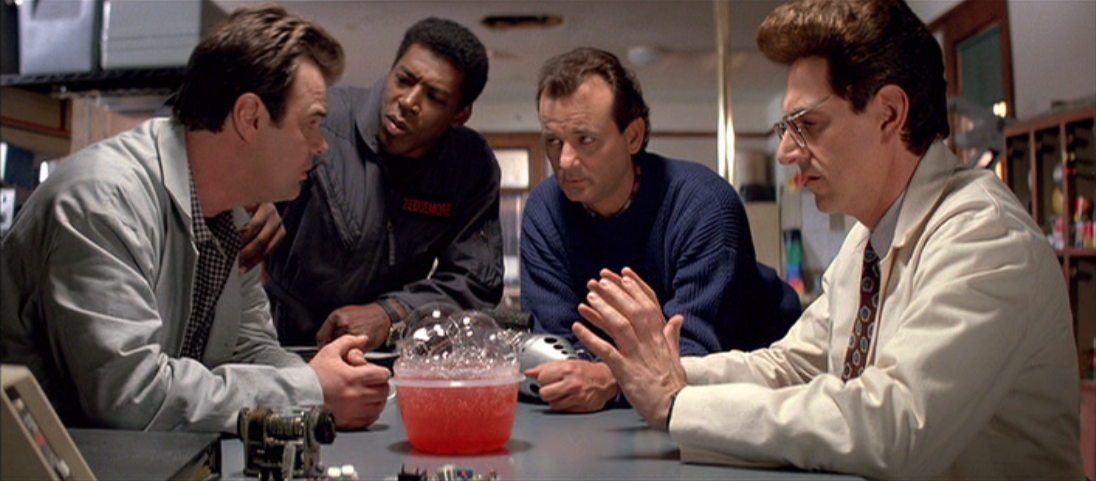
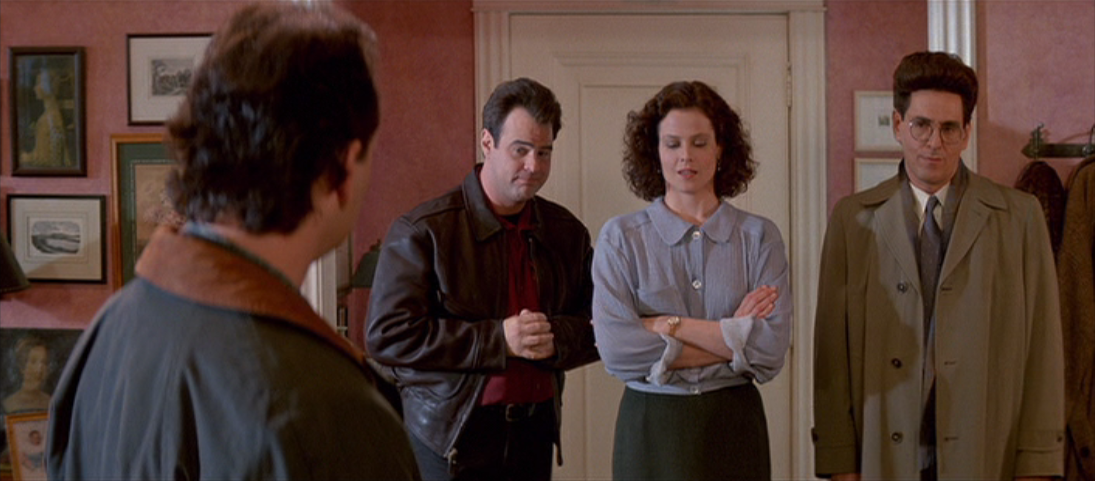
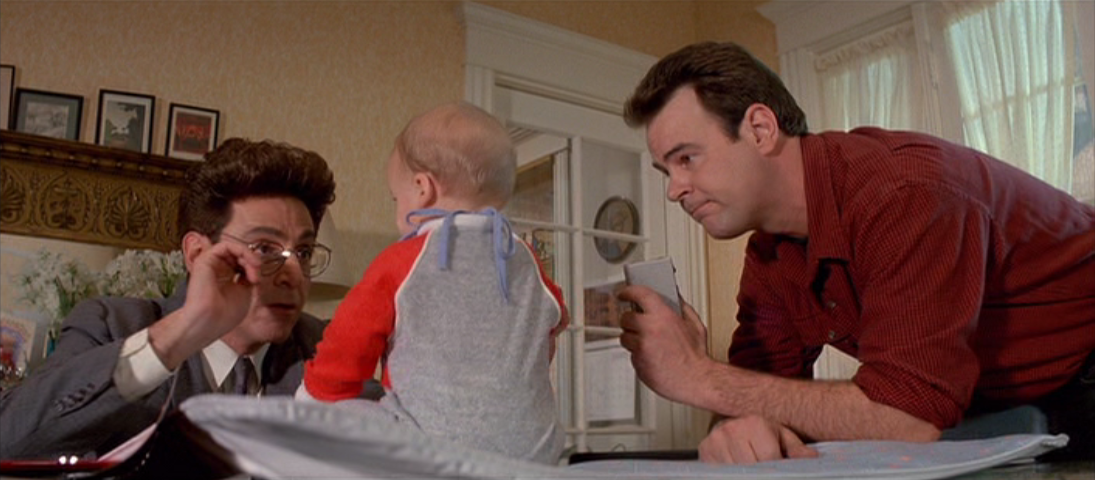
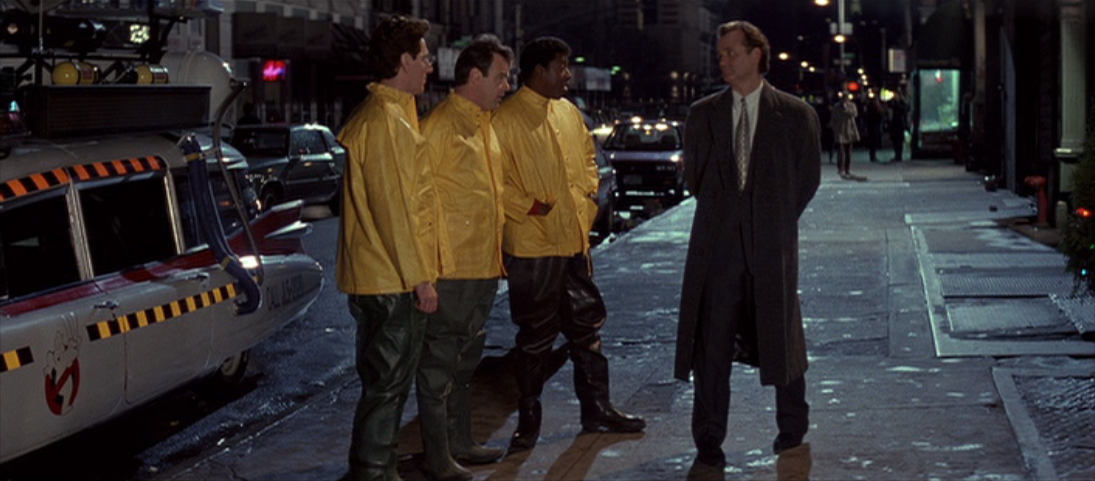
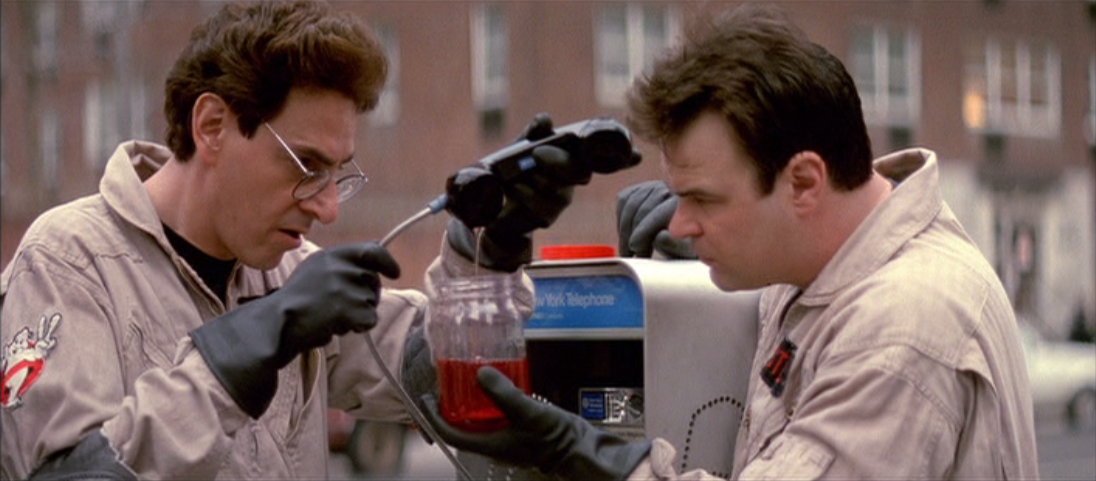
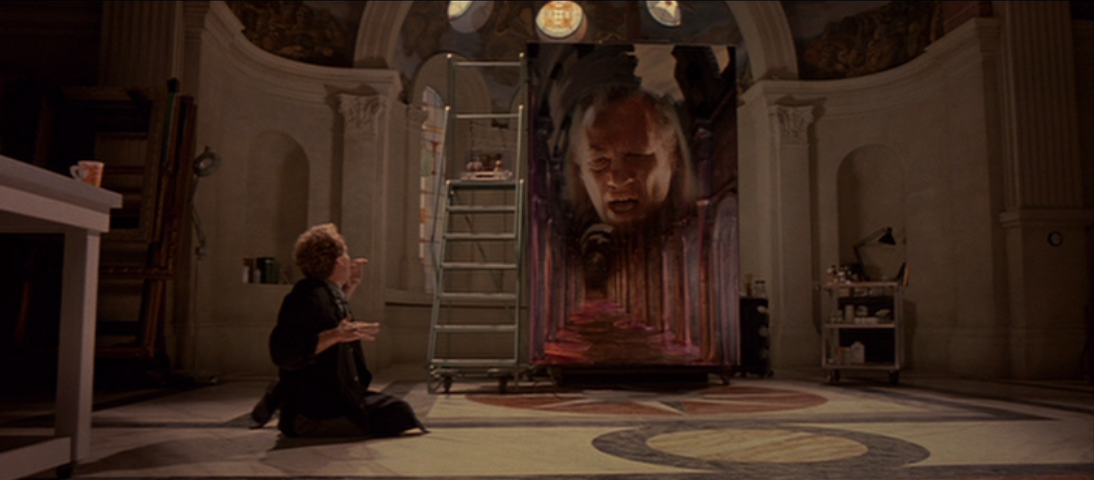
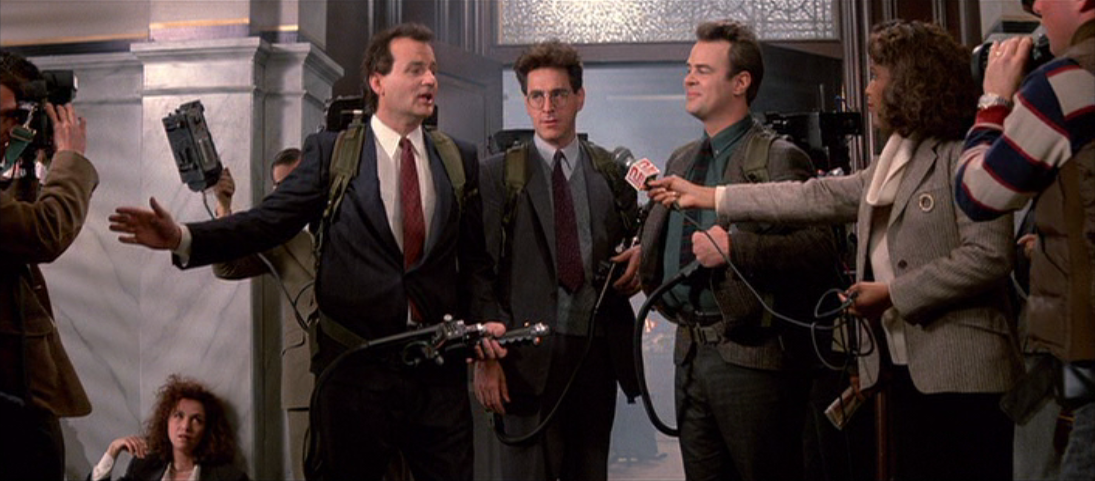

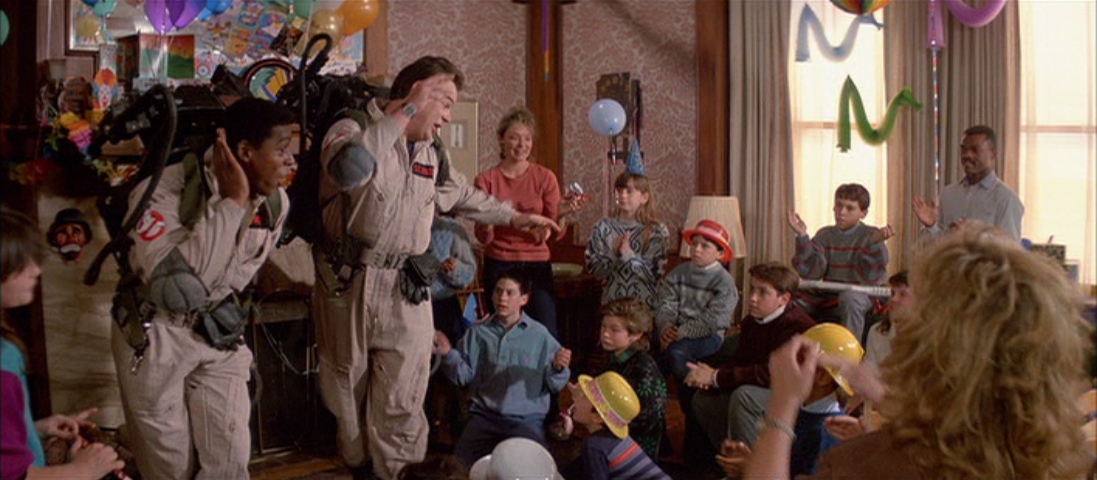

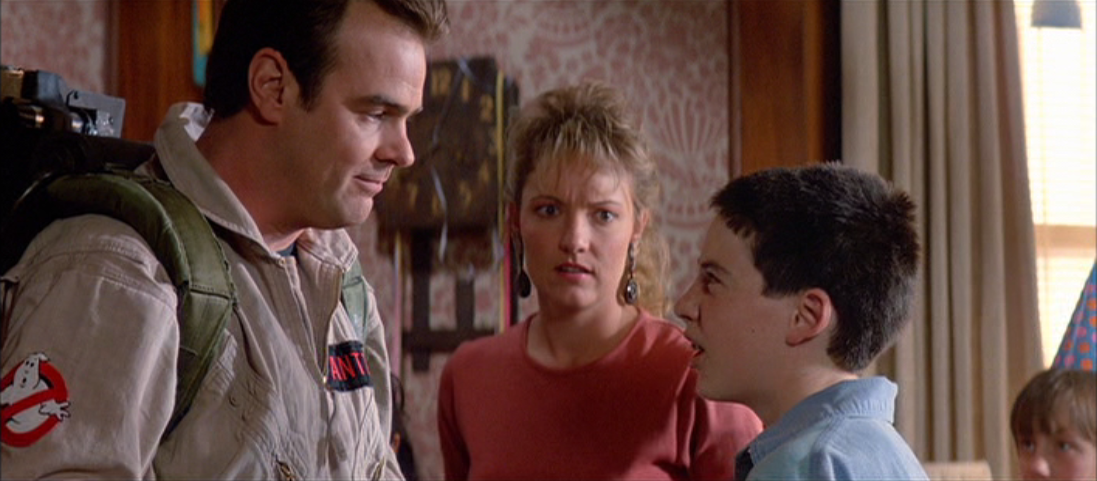
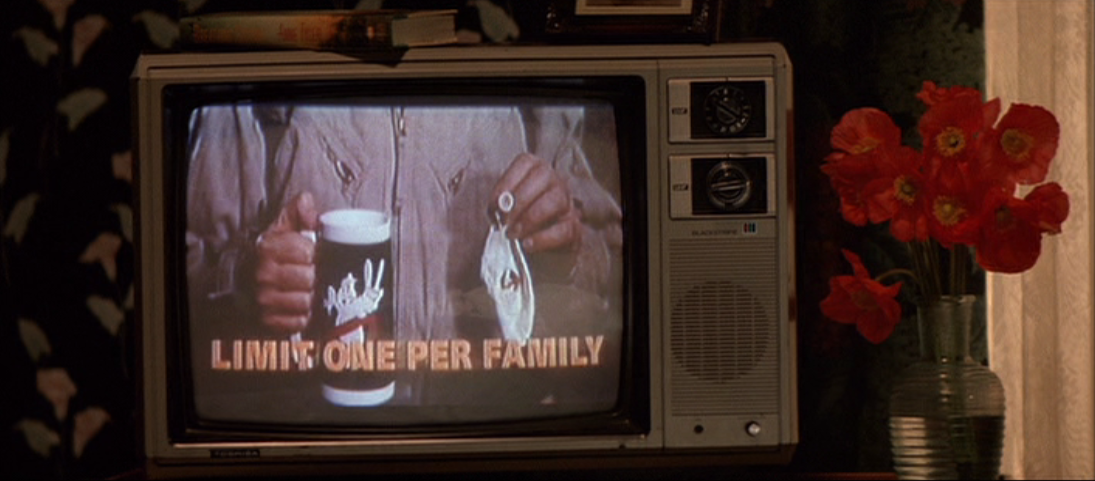
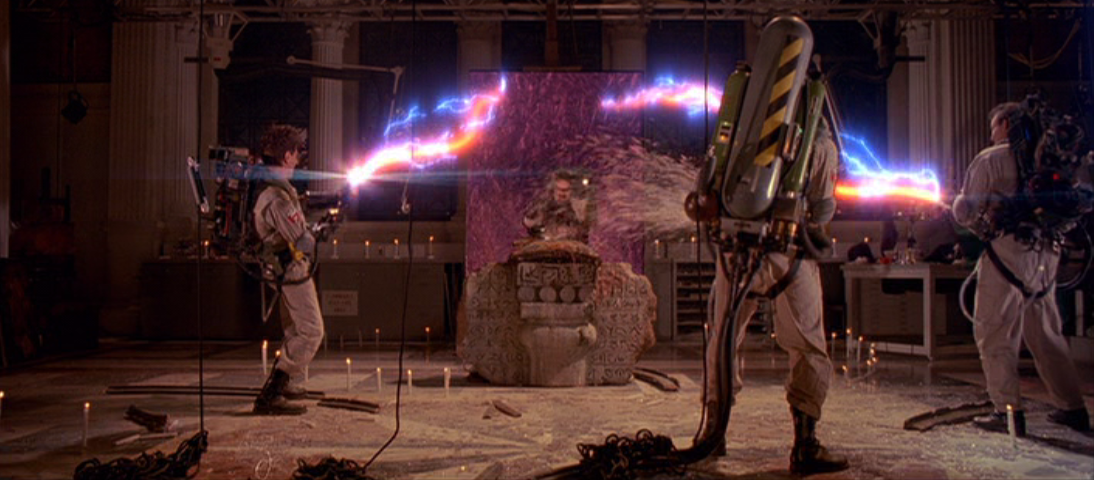
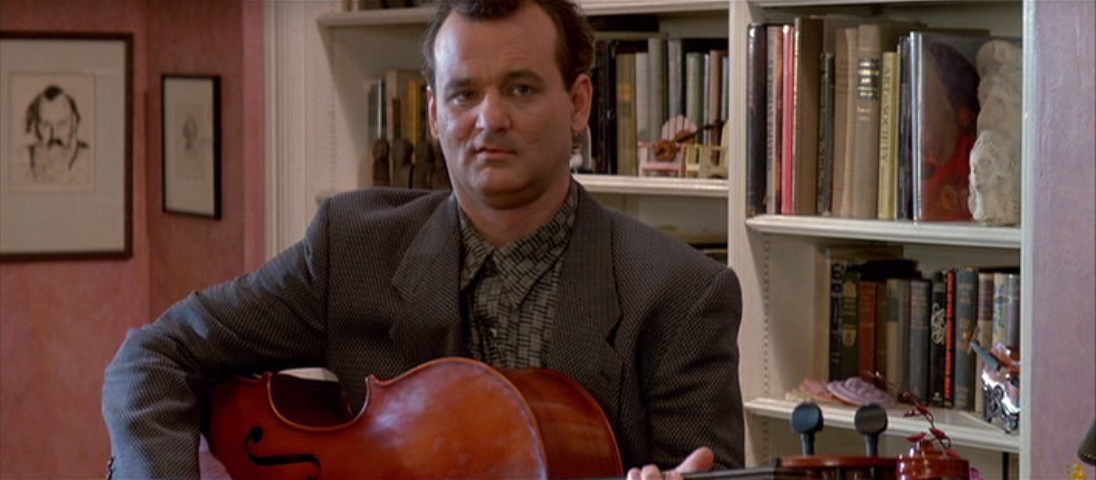


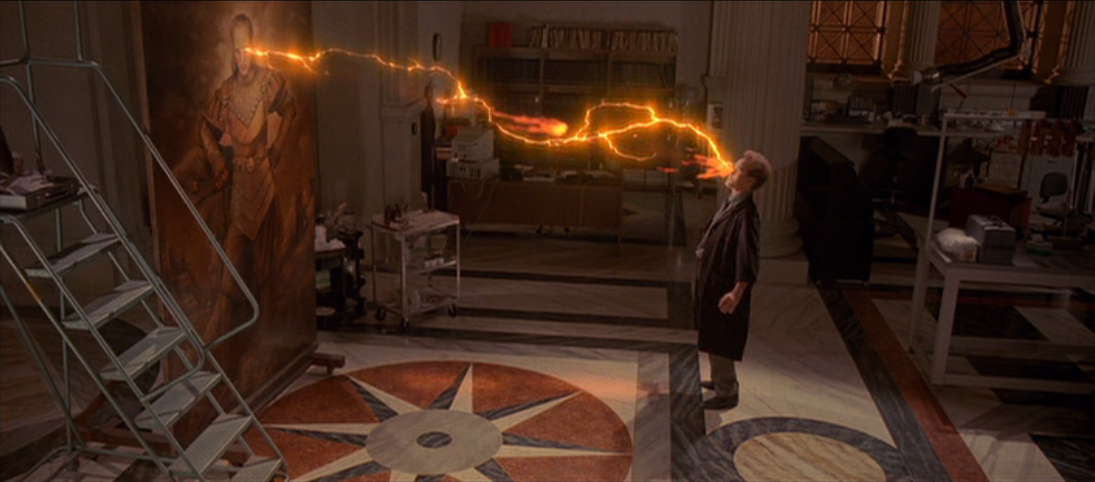
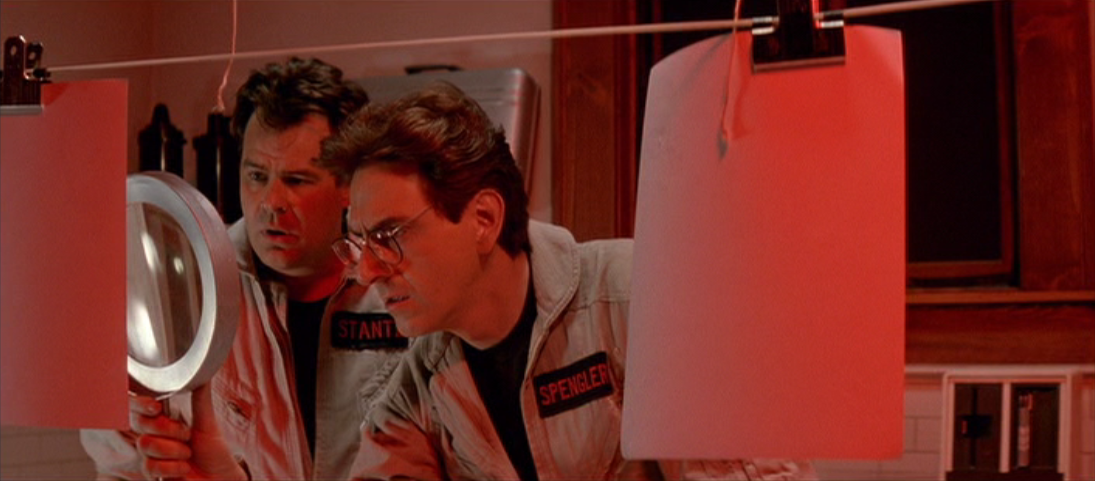
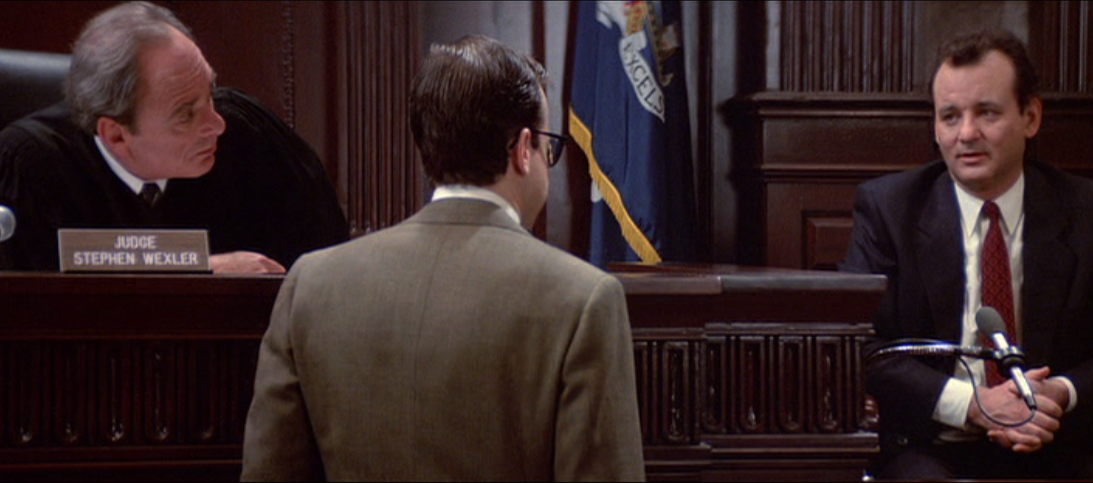
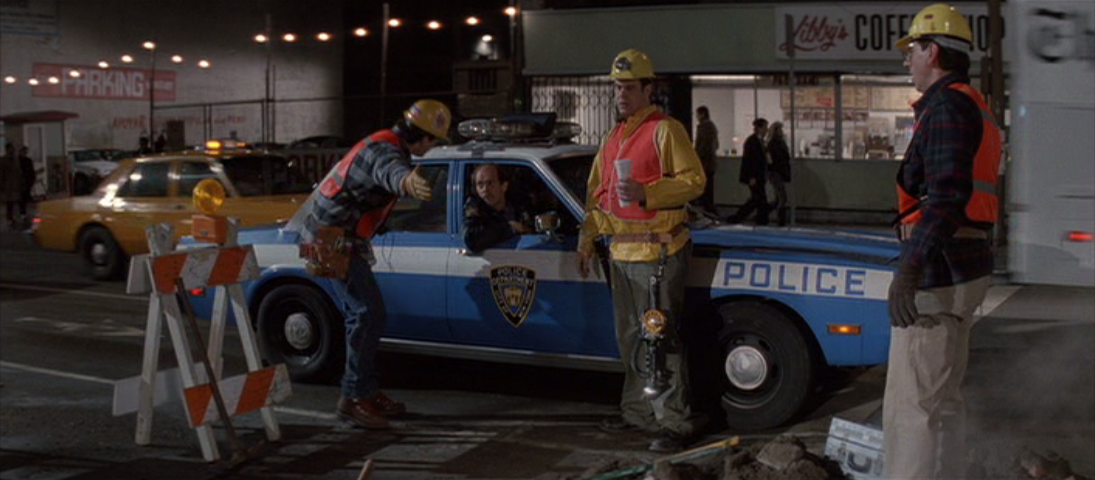

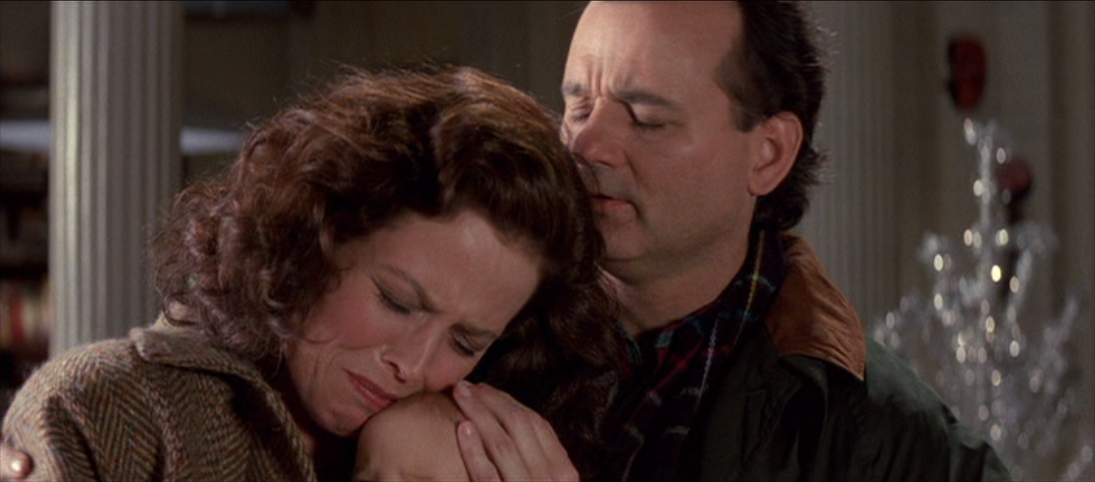
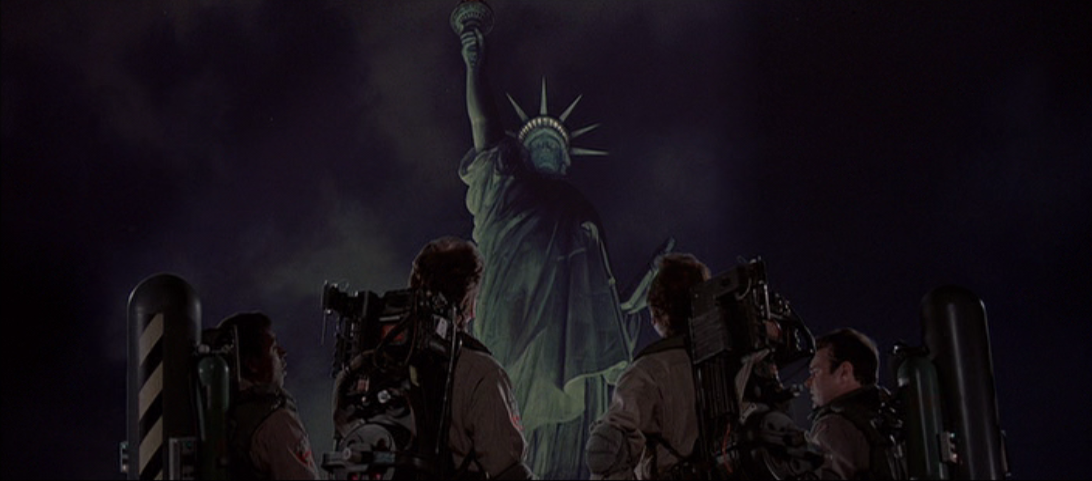


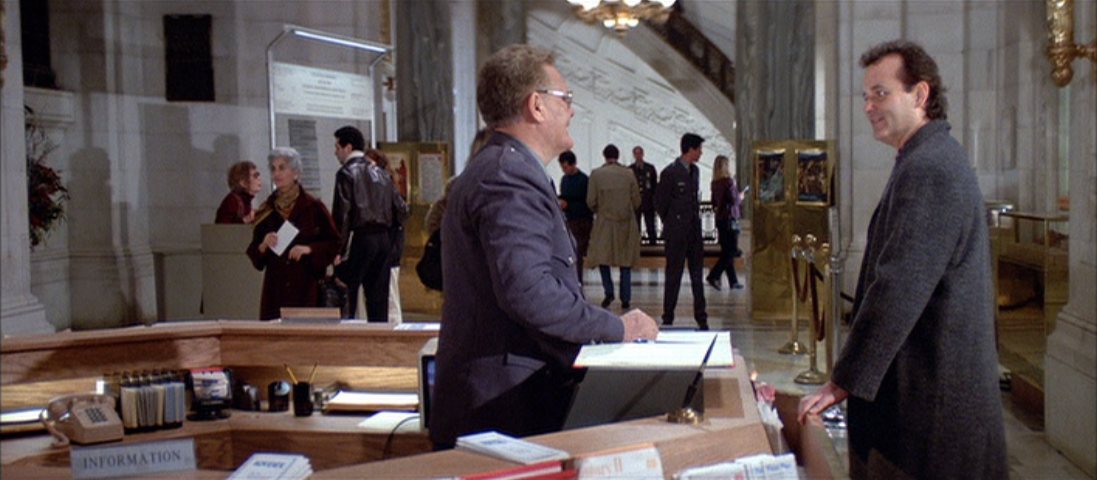
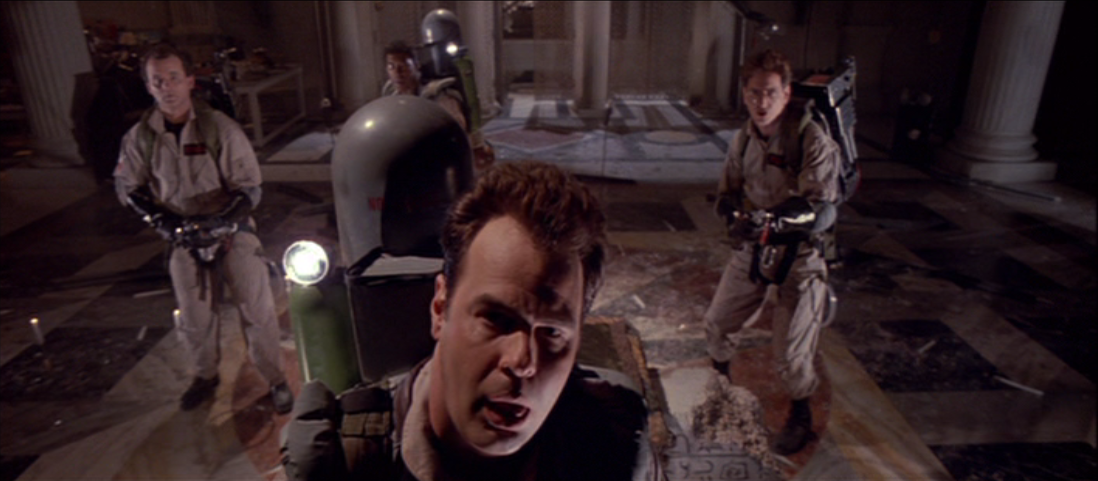
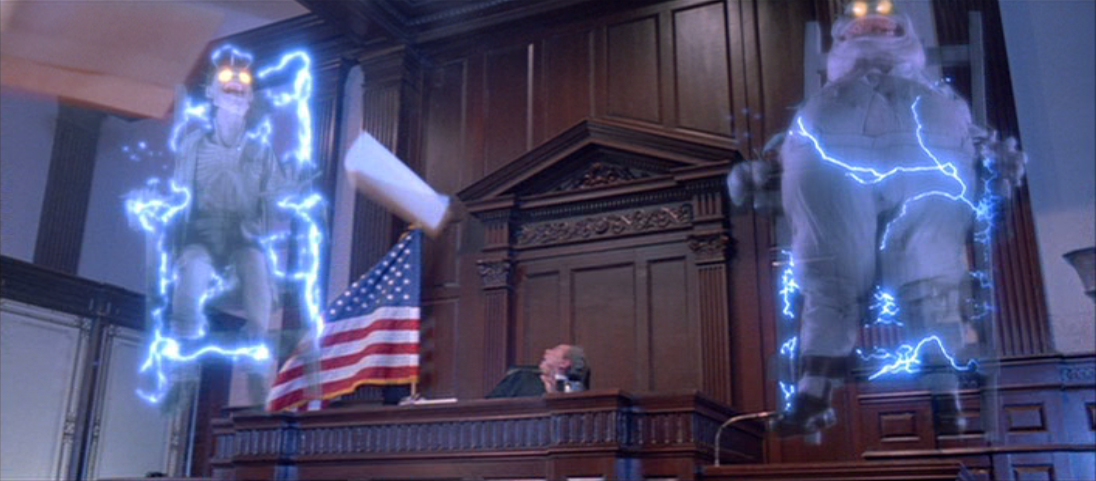
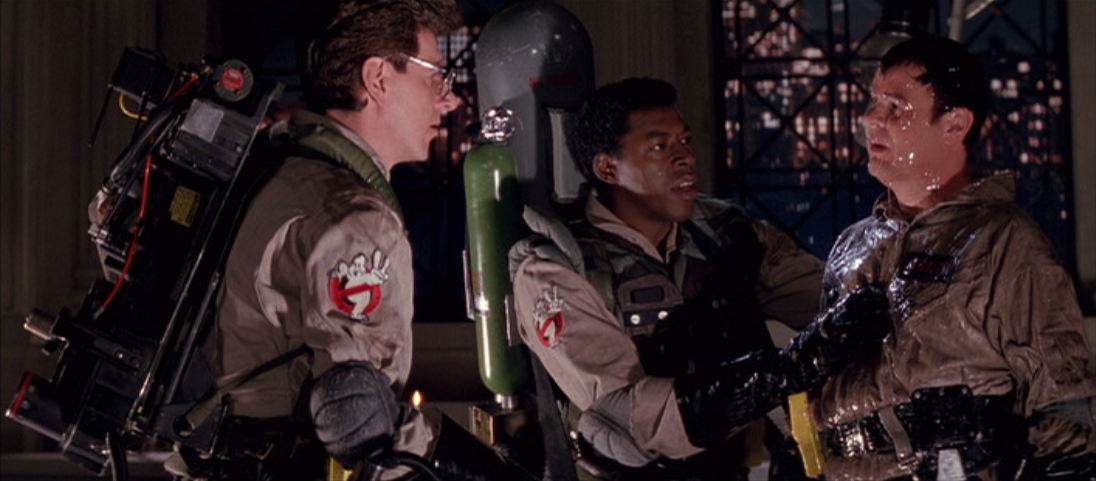
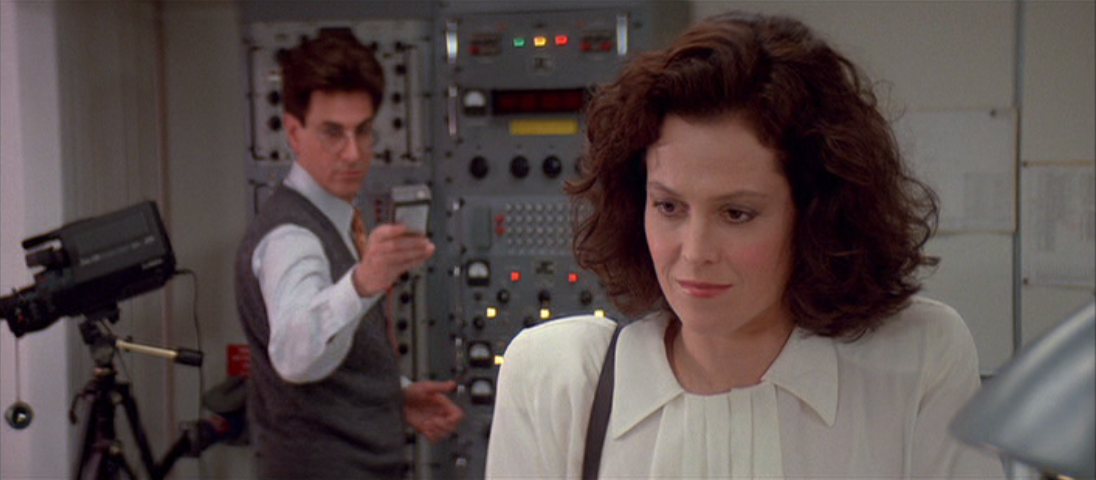
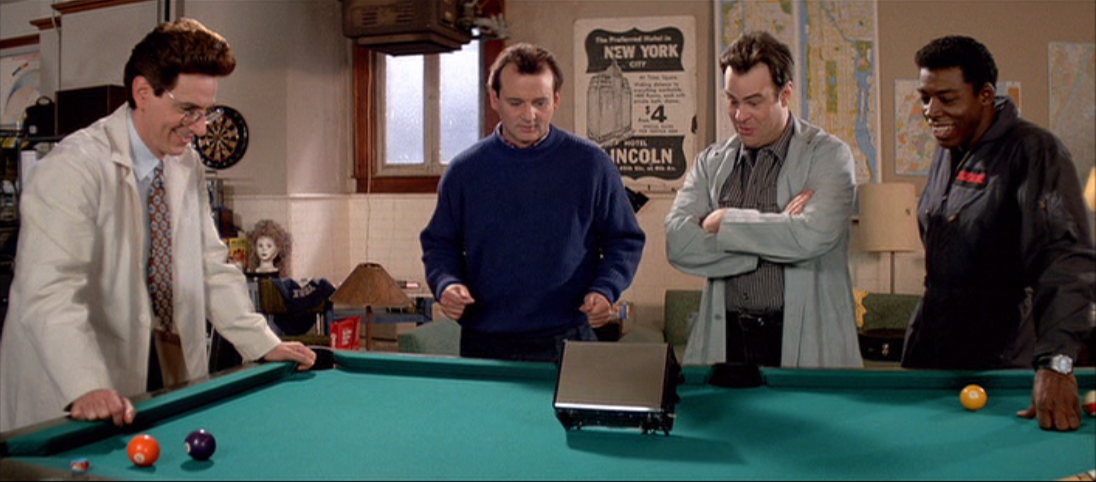
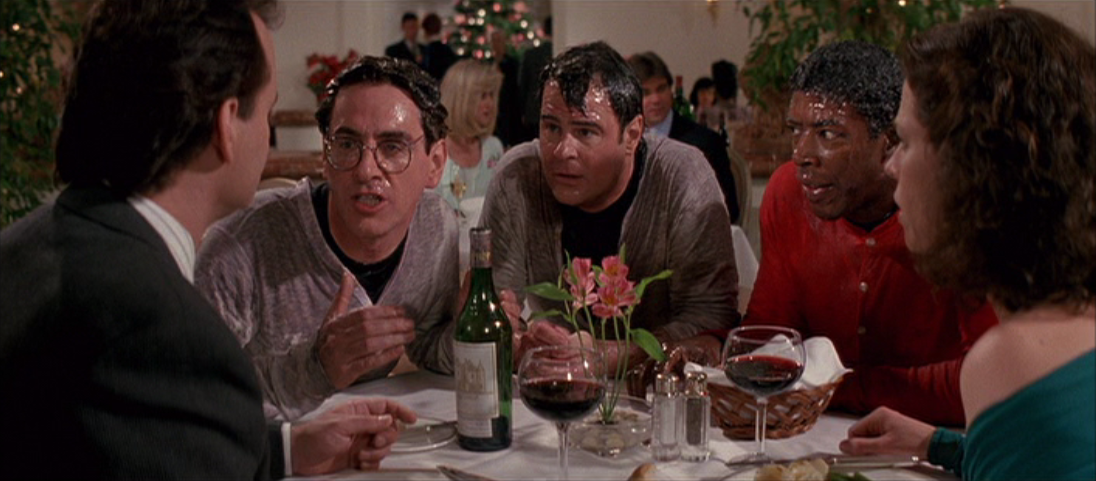
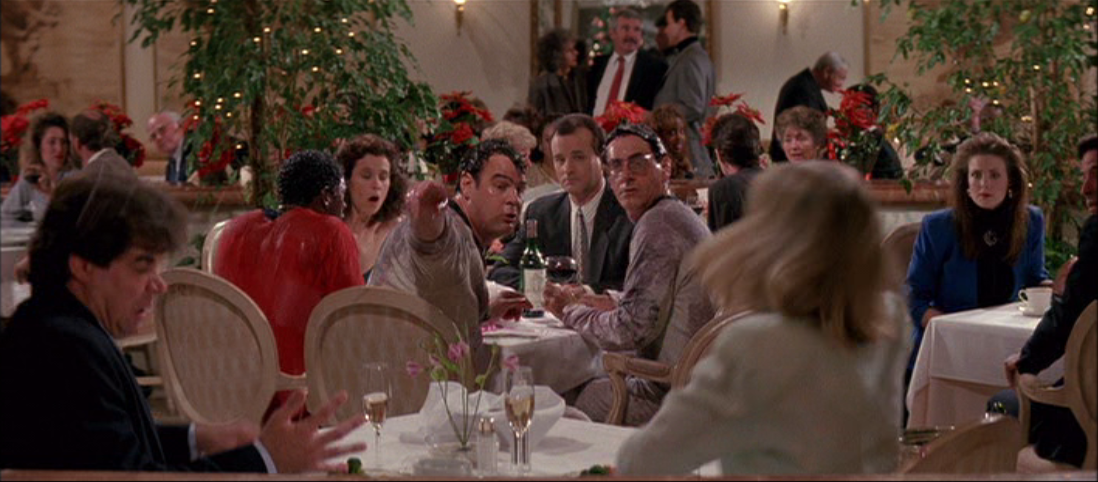
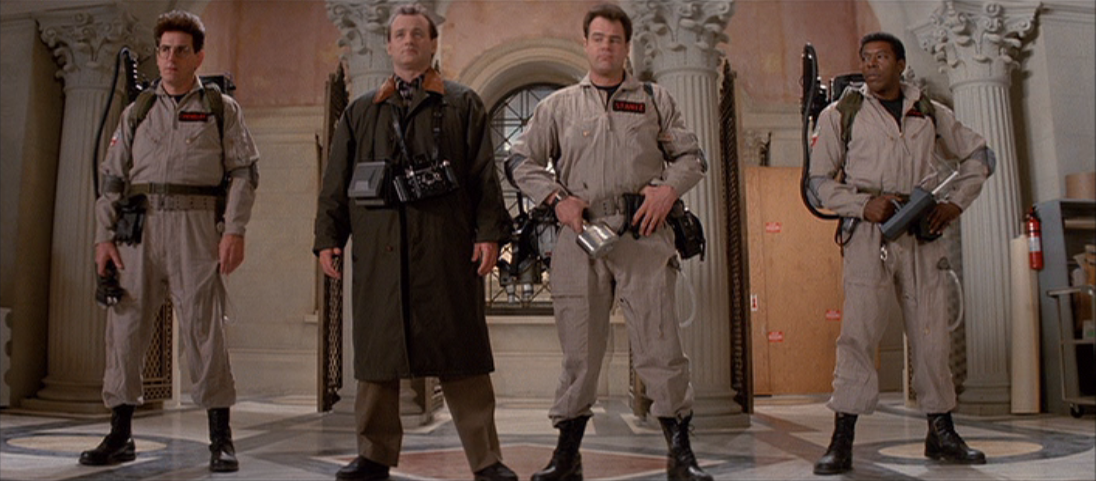

I hate to disagree with you on what is one of your central arguments here, but I realize that you and I have different conceptualizations of what occurred between the films.
Towards the end of the first film, during the sequence set to Mick Smiley’s “Magic” (I think it criminal you didn’t mention this song, btw), all of the ghosts that the Ghostbusters captured went back into the wild. From this point, I see two possibilities:
1. The Ghostbusters, after defeating Gozer, trapped all these again, and perhaps these accounted for some large portion of the paranormal activity in New York, meaning that there were nearly five years of quiet on the home-haunting front. You’re right that the film ignores numerous possibilities for what could have happened since then, but as it is, I’m left with the impression that there aren’t (enough) people demanding the return of the Ghostbusters to spook-chasing.
2. Things went back to exactly the same way that they were before the first film, meaning that everybody who was haunted by ghosts that made them dream that ghosts were sucking their dicks was now, again, haunted by, etc.
So, to me, either there were essentially no ghosts anymore, or everyone who bragged to their friends that their ghosts were gone were suddenly in the embarrassing position of that strange knocking sound being back. Everyone was glad that grandma stopped talking about ghosts, and maybe wanted to believe her after she hired someone, but now that she’s complaining about it again, well, she must just be crazy after all.
As far as media coverage, did anyone get photographs of Stay Puft? What percentage of NYC’s 7.1 million people saw Stay Puft? I’d argue likely not, and very few. I’d believe a news helicopter, but that’s about it. And once the tons of fluff were cleaned away (can you imagine the ants and rats turning out for that?), what was there to investigate but eyewitness reports, and I could see those being easily dismissed by nationwide viewers–or even reporters–on ad hominem bases. With 9/11, the evidence remains to this day–namely, the buildings are gone, and there’s ample evidence that they were there before. With ghosts in the world of the film, what would serve as evidence that they’re gone? The fact that the Ghostbusters doing their job effectively removes the evidence that they needed to.
Either way–your opinion or my opinion on what fake New Yorkers could convince themselves of over five years–the film should have addressed this, even if it was just a few lines about *why* people were able to keep disbelieving ghosts–it being in conflict with other deeply-held beliefs, threatening their standing within their profession, whatever. I take bigger issue with the fact that the mood slime reacts to moods, but can be fooled by a recording. I also find it interesting that we both wished for a story involving a rival team–in my version, it would be some team controlled by ghosts to *ahem* scare up business, ala The Frighteners.
One last question: what in-world reason did they have for changing their logo?
Ultimately, the problem is certainly that this film fails to address its own question. Ghosts do exist, as proven by the first film. If people don’t believe in them…why not? There are many possible answers, and none are provided, which is what leaves the gaping hole at the center of the plot.
I definitely have to disagree that the Marshmallow Man thing wouldn’t have been covered by the media, that photos wouldn’t exist, etc. We saw in the first film that the Ghostbusters’ exploits were covered extensively by the media, both in the moment and afterward. We also saw that throngs of people turned out just to be there while they fought Gozer, and I’m positive there would have been reporters on the scene as well. (I would actually find it impossible to believe reporters wouldn’t have been dispatched to an event with so much police activity, at the very least.) And, again, even if by some strange quirk that event was not covered at all, previous ghost-busting events HAD been, by reporters on the scene capturing photos, interviewing witnesses, and chronicling details.
There also ARE physical reminders of the conflict. Ray and Winston discuss early in this film that the city is sick of them for a few things, including blowing the top stories off of the Shandor building, which is why I made my skyline comment. (Admittedly, Zuul did her own damage before they even showed up, but still.) There’s also the collapsed street in front of it, the church crushed by Mr. Stay Puft, and more. There definitely would have been more evidence than marshmallow fluff, and even then, as you say, the gallons of residue would have been a nuisance in themselves and would certainly have been covered in the media.
And, of course, we know cleanup doesn’t happen overnight, and five years isn’t anywhere near enough time for buildings and infrastructure to be repaired AND then completely forgotten about when it comes to domestic tragedy.
In short, I definitely find it harder to believe that there was no coverage of the event than that sealing the portal or whatever also caused a kind of nationwide amnesia. I’d be fine with that, if we were actually told any such thing.
As far as the slime goes, I think it just “likes” the positivity of the song, just as it “dislikes” the negativity of the judge, or of Ray during his demonstration for the other guys. Maybe the idea is that it takes whatever emotions it receives and amplifies them? It’s vague, whatever happens, but I’m pretty much okay with that.
The logo change is bizarre, especially since it happens at some point during the course of the film. If it were the new logo the whole time in Ghostbusters II, I’d just take it as a silly wink to the audience. Instead, the boys actually do take a moment to redesign their own logo in the midst of crisis. It gets odder the more you think about it.
You’re absolutely right–I was completely forgetting the huge crowd that showed up before they enter the building. I’d still make distinctions between the City administration (vs city people) being upset with them for building damages, and between in-city vs national coverage (plus, the NYT chief editor would have to talk to colleagues worldwide and might not be willing for the paper of record to agree that ghosts exist). But, sheesh, you could spend five minutes alone on what happened to the beliefs of that church congregation alone. I don’t think I’m arguing amnesia, more the Terry-Pratchett-Discworld-style of people’s willingness to pretend they didn’t see something if it lets them keep their own narratives.
Super-boring fanficky answer: the insurance companies refused to pay out for any damages because Acts of God are not covered, and they were filing Explosion Due to Paranormal Activity as proof of divinity. Thus did the people of New York quietly, collectively agree that ghosts do not exist.
“I need to file a claim for my church.”
*sigh* “Is it the paranormal thing again? Because we don’t cover that.”
“… no. Tornado.”
Just going to be super nerdy for a sec and mention that something DID come about when Ray was under Vigo’s trance the first time, but it was cut out. After they leave the museum, Ray is driving the Ecto-1 and starts running red lights and just acting crazy. He crashes the car, and his injury is enough to make him snap out of it. It’s in the comic adaptation and the novel, and parts of the scene are in the song montage (when the Ecto-1 runs through traffic, and Peter’s strange kind of double take from the back of the car are both from that scene I believe.)
That’s awesome! I had no idea. I wonder why that didn’t make it into the final edit. It sounds like a pretty good scene, and one that could have potentially felt pretty scary. Many thanks for pointing that out.